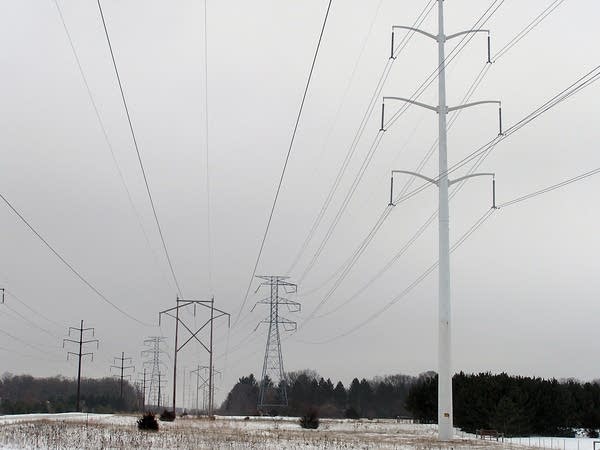Xcel Energy expanding use of drones to inspect power lines

An expanded waiver from the Federal Aviation Administration will allow Xcel Energy to expand the use of drones to inspect power lines.
Stephanie Hemphill | MPR 2009
Go Deeper.
Create an account or log in to save stories.
Like this?
Thanks for liking this story! We have added it to a list of your favorite stories.


